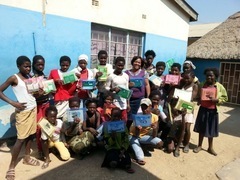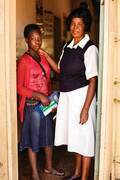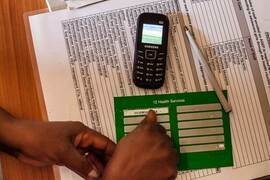Pilot
The Wizard of Oz usability testing was implemented in a trip Jorge did to Lusaka, Zambia with participants from local clinics and health care centres. He tested the mobile system usability interacting through SMS with the participants as they would in the Health Vouchers program.
Since the system works primarily through SMS it was necessary to provide training to the team working behind the program to guarantee the correct use and validation of the vouchers. In 2013 Jorge traveled to Zambia to collect on-site feedback of the pilot and to train the team in the use of the system. Working in Zambia allowed us to experience first hand the importance of the program, and to discover improvements suggested by the final users of the platform.





